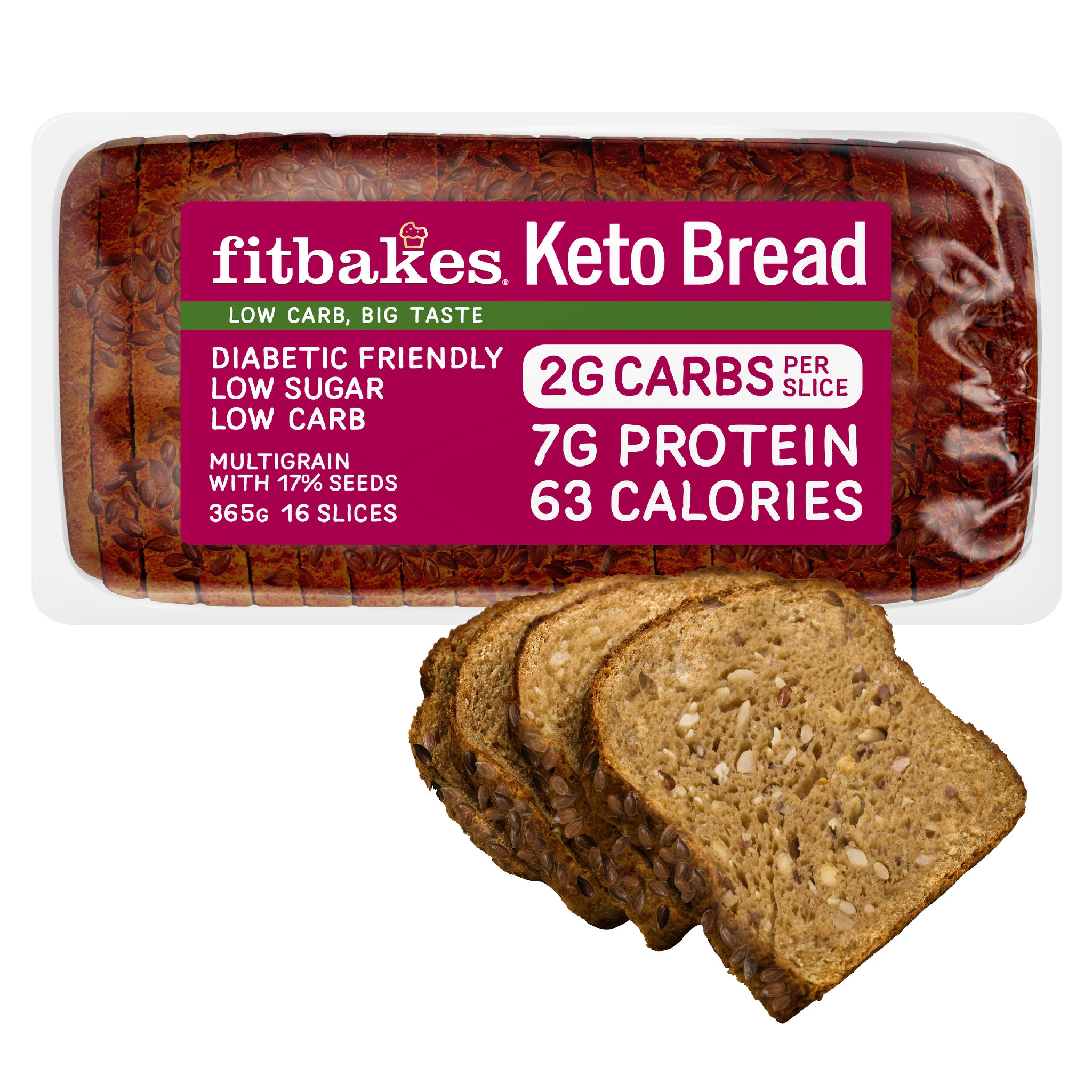Bread and the keto diet have been considered to be not compatible for quite a while. The traditional bread is made of refined wheat flour, an abundant source of carbs. For those who are trying to keep ketosis, even one slice of bread can hinder progress by increasing blood sugar levels and causing the body burn more glucose rather than fat. This is the reason that many keto-followers did not eat bread, and also didn’t realize the benefits it brought to their daily meals. In the present, however, technological innovation in baking has changed this story.
What defines true Ketogenic Diet Bread?
The ketogenic diet isn’t just low-carb but it’s also a well-planned. Bakers replace carb-heavy grains like wheat, corn, and rice with other ingredients such as flaxseed, almonds or coconut meal. They blend eggs or plant-based protein for bread that is rich in nutrients, but is almost entirely free of carbs. The high amount of protein in it is one of its most distinguishing features. About 7 grams of protein per slice means it’s not only keto-friendly but also beneficial for muscle repair and appetite management.

Image credit: fitbakes.co.uk
Also important is the seeds contents. Keto bread can contain up to 17 percent seeds, like flax, sunflower or chia. It’s a great source of fibre and omega-3 fatty acids boost. These nutrients aid in digestive health, cardiovascular health and satiety. This helps people who eat keto to feel satisfied and not feel hungry. Keto bread can be a healthier option to conventional low-calorie products that compromise taste.
Blood Sugar Management: The importance of Low Carb Bread
Bread with the lowest carbs is more powerful than just a diet friendly option. It’s also an instrument for improving metabolic health. With just 1 or 2 grams of net carbohydrates per slice, it helps stabilize blood sugar levels, while minimizing spikes and crashes that contribute to fatigue, hunger, and long-term insulin resistance. For those who suffer from diabetes, this bread not only convenient, but transformative. It gives you the comfort of bread, while maintaining healthy levels of glucose.
Low carb bread also fits perfectly in calorie-conscious diets. With only 63 calories per slice, it is possible to enjoy their breakfast toast or a hearty meal without feeling guilt-free. For those who are aiming at weight loss, it can be an ideal way to satisfy hunger while keeping carbs and calorie intake under control.
Bread on Keto – A Practical Alternative Everyday
Keto bread is no longer a sign of compromise. Instead, it highlights opportunity. Breakfasts can include avocado toast, ketobread with seeds, which provides healthy fats and fiber in a balanced meal. It is possible to still enjoy a sandwiches of turkey and cheese for lunch at work and not go over your daily carbs. Even dinner options like garlic bread, made using low-carb loaves, permit comfort food to remain part of the lifestyle.
The variety of ketogenic loaf is one its strengths. It is not just a dessert it’s a staple of living a healthy keto diet that’s sustainable. It can be integrated into every meal of the day and eliminates the sense of restriction which causes people to quit diets.
The reason Keto Bread Is the Future of a healthy diet
These breads will determine the future of healthy eating for everyone, not only those who are on keto. The high fiber content in the bread, protein from plants, and omega-rich seeds are ingredients that can benefit anyone in the world, not just those who are cutting out carbs. Keto bread is popular with diabetics, athletes, weight-conscious people as well as those just looking for a healthier alternative in place of white bread.
Keto bread isn’t just a trend in diets. It’s an actual advancement in baking. It provides long-term health benefits while solving an issue that is practical: how to eat bread without carbs.
Conclusion
The conflict between keto diet and bread is no longer a stalemate. Thanks to innovation, ketogenic diet bread delivers the indulgence of a slice without jeopardizing ketosis. Now that low-carb bread is widely available consumers can have sandwiches, toast and snacks without having to worry about breaking their low carb targets. Bread is no longer just a substitute for carbs. It’s a crucial component of modern-day nutrition and a bridge that connects meals that are comfort food to healthy living.